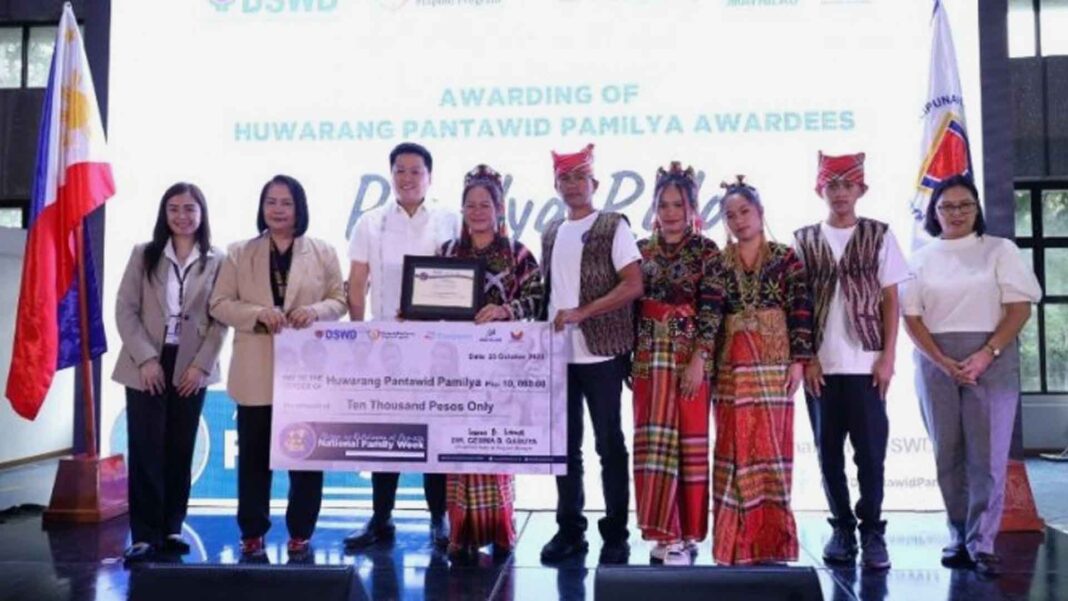The Bureau of Fisheries and Aquatic Resources (BFAR) in Mimaropa Region is working to upskill small-scale salt processors, also called “salt farmers,” in this province with the goal of enhancing their productivity and entrepreneurial knowhow.
In an interview on Wednesday, Jason Advincula, a post-harvest technical staff member at BFAR-Mimaropa, said his office targets to position Occidental Mindoro as the “Salt Capital of the Philippines.”
Advincula said it is BFAR’s intention to teach salt farmers about the modern processes for gathering and processing salt from the sea, enabling them to significantly grow their production capabilities.
BFAR-Mimaropa announced on Wednesday that it just concluded a six-day training program for some 180 salt farmers from the towns of San Jose and Magsaysay.
The seminar titled “Capability Training on Salt Industry Project Development” was conducted by the bureau’s Fisheries Production and Support Services Division (FPSSD)-Fisheries Post Harvest and Marketing Services Section (FPHMS).
“There were speakers on various subject matters related to salt processing… but also about the business aspect of salt production. Representatives of some large cooperatives of salt farmers shared their marketing insights with their small-scale counterparts,” Advincula said in Filipino.
He said salt farmers from six barangays across the two municipalities took part in the seminar, which delved into topics such as solar salt production and salt production management.
BFAR-Mimaropa’s higher objective is for salt farmers in San Jose and Magsaysay to spread their newfound knowledge to counterparts across the region, eventually expanding the local salt-processing industry.
It was explained that by increasing local salt production, the Philippines can reduce its dependence on salt imports, which can have a positive economic and self-sufficiency impact.
According to the Department of Science and Technology, Occidental Mindoro is one of the biggest salt-producing provinces in the country, owing to the fact that is surrounded by saltwater.
At the height of its production in the 1990s, it boasted of producing and supplying about 18 percent of the country’s annual salt requirement.
Presently, the province still supplies salt to its neighboring areas in Southern Luzon, as well as Visayas and Mindanao, but only accounts for almost 75,000 metric tons (MT) or 12 percent of the national salt requirement of 590,000 MT. (PNA)



